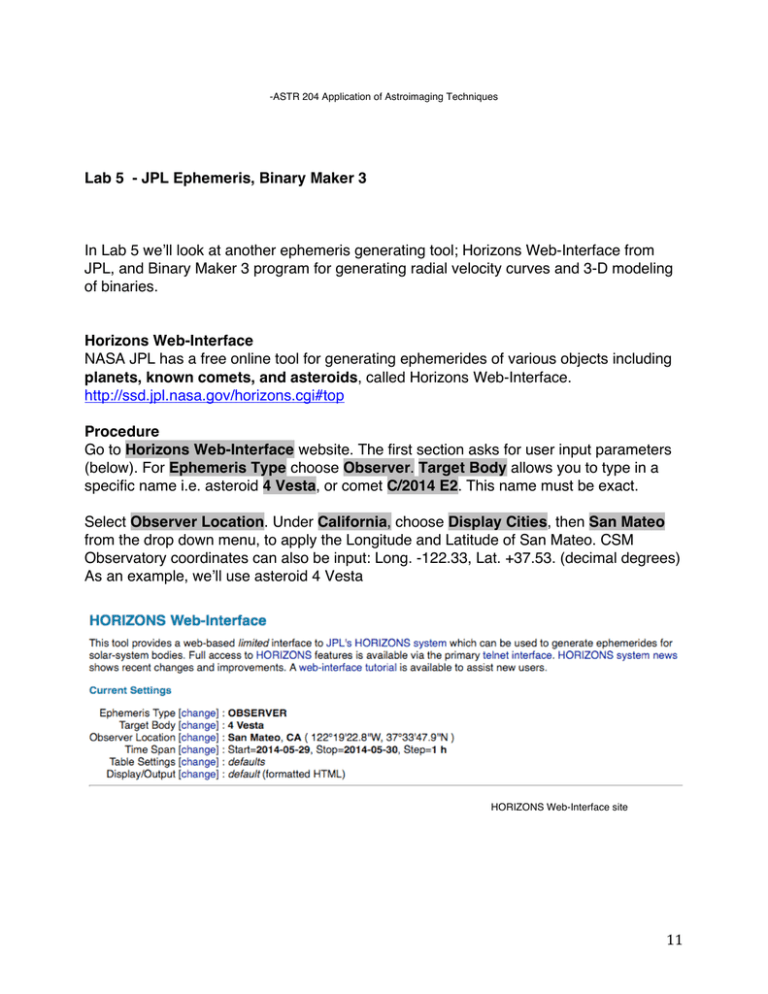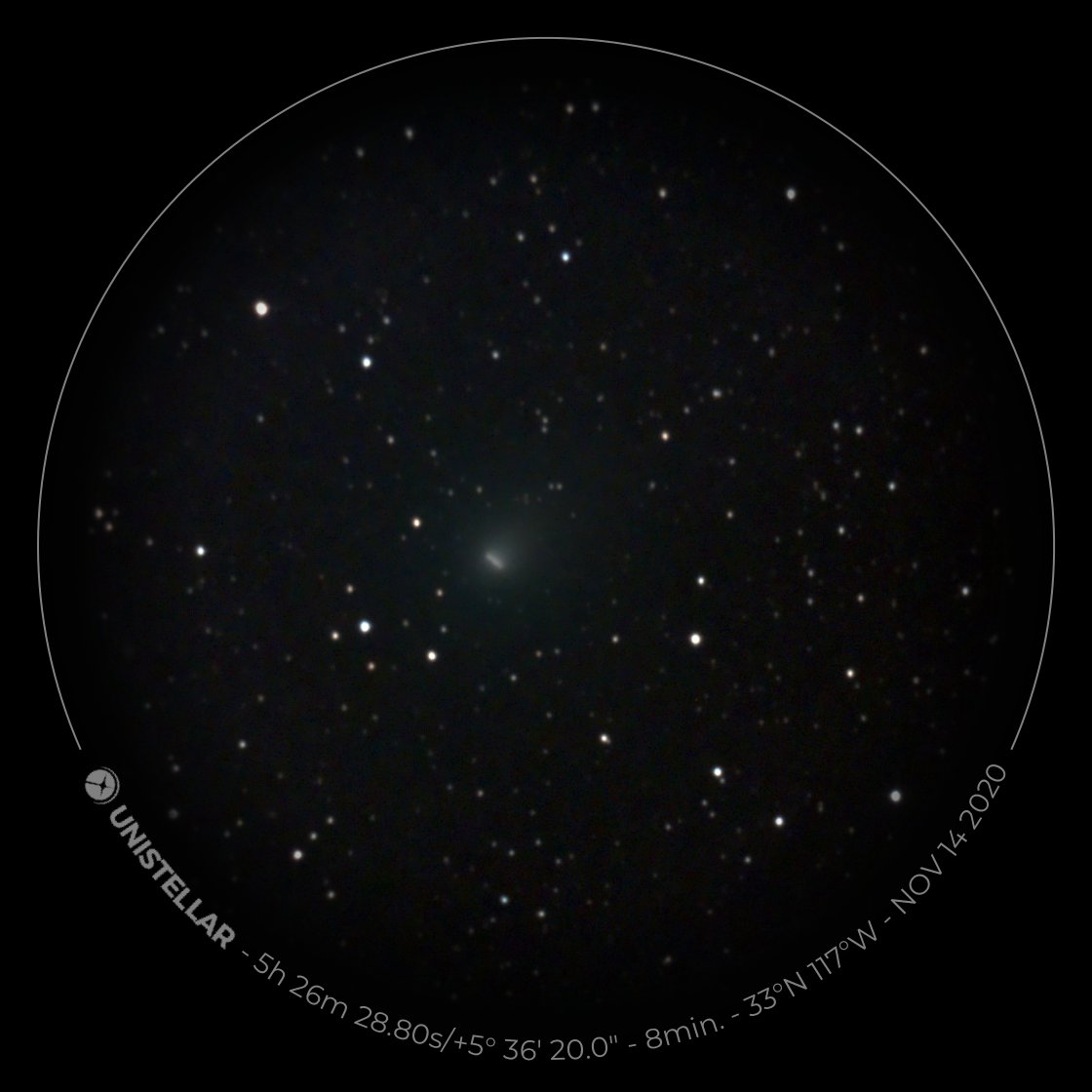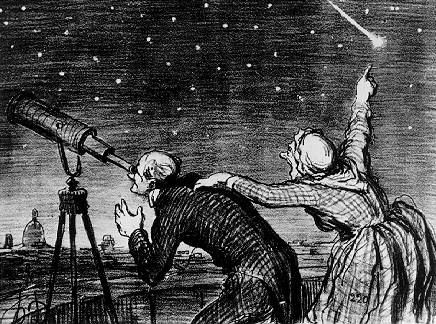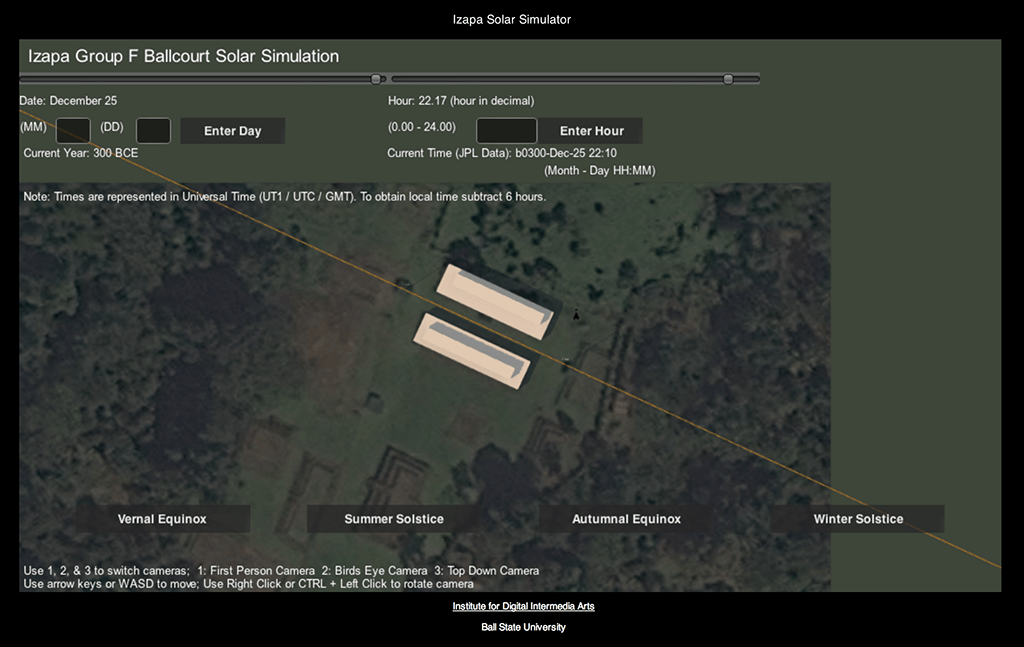
An animation to explain the (apparent) retrograde motion of Mars, using actual 2020 planet positions - YouTube

(A) Earth and Venus' orbits and their positions on 1 January for the... | Download Scientific Diagram

In Lab 5 we'll look at another ephemeris generating tool;... JPL, and Binary Maker 3 program for generating radial velocity... Lab 5 - JPL Ephemeris, Binary Maker 3

Where are we? Or: Computing our position in the Solar System | by Thomas Albin | Space Science in a Nutshell | Medium

ToughSF on Twitter: "Catch an asteroid! @HopDavid41 expands on just how easy it is to relocate Near-Earth Asteroids into a closed orbit around our planet. There are hundreds to thousands of 100-1000
Minor Revision Topical Editor Decision: Publish subject to technical corrections (20 Sep 2020) by Margit Haberreiter Comments

Eric Holthaus on Twitter: "The Tesla Roadster, now in solar orbit, has been officially logged as a celestial object by NASA: https://t.co/bDz2zFWdIc https://t.co/CEVjBZXeKH" / Twitter

Scott Kardel on Twitter: "Okay, I bought an eVscope from @Unistellar It arrived on Friday and last night (11/14) I took it out for a spin for the very first time. Here's

טוויטר \ ToughSF בטוויטר: "He uses the example of 2008HU4, a ~500 ton asteroid that would only need 250m/s deltaV to move it into the Earth-Moon Lagrange point 2. Propellant can come














